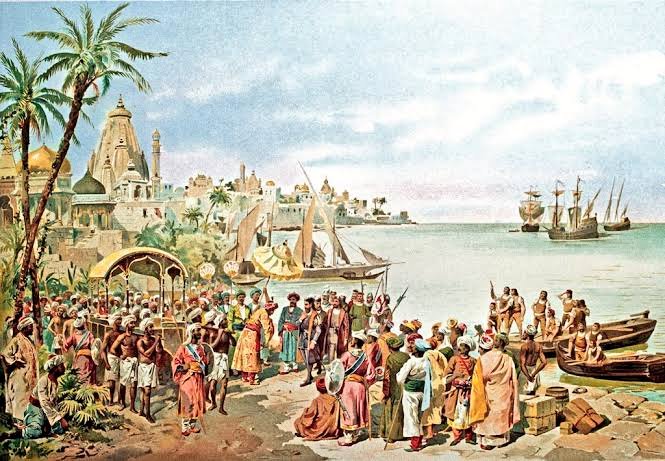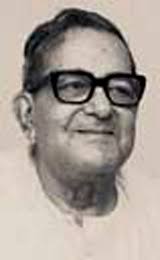Ashwamedha Yagya
(A Thread)
Raghunandan Bhattacharya,a great Sanskrit scholar of Bengal in the 16thcent describes Durga Puja is of the same value to those who perform it as the Ashwamedha Yagna.
'Ashwamedhambapnoti bhaktina surasattvam
Mahanabamyang pujeyang sarbakamaprodayika'
(A Thread)
Raghunandan Bhattacharya,a great Sanskrit scholar of Bengal in the 16thcent describes Durga Puja is of the same value to those who perform it as the Ashwamedha Yagna.
'Ashwamedhambapnoti bhaktina surasattvam
Mahanabamyang pujeyang sarbakamaprodayika'

@DharmikSonal @Aabhas24 @Go_Movie_Mango @arpita_pedia You've to understand that 'medha' means to kill or sacrifice. Somehow the idea of horses being sacrificed never made it into the books and with good reason. Thankfully, Sanskrit texts also ban the Ashwamedha in our time or Kaliyuga. 

@DharmikSonal @Aabhas24 @Go_Movie_Mango @arpita_pedia In ancient times, kings who wished to establish themselves as the most powerful would often perform a Ashwamedha Yagna. A fine horse was marked with turmeric, vermilion, sandalwood & incantations read for its welfare before it was set free to wander through the land for a year. 

@DharmikSonal @Aabhas24 @Go_Movie_Mango @arpita_pedia It was accompanied by a small group of armed men and when it passed through another kingdom without being challenged, that land became part of the powerful king's kingdom. A sensible way to increase one's possessions! So far, so good! 

@DharmikSonal @Aabhas24 @Go_Movie_Mango @arpita_pedia But once the year was over, the horse was guided back to the capital which it had once left. The ceremonies had continued in its absence. All that was needed now was the sacrifice of the horse after a number of rituals were performed. 

@DharmikSonal @Aabhas24 @Go_Movie_Mango @arpita_pedia One of most unusual of these was the custom of the queens spending a night with the dead horse. While there are various lascivious explanations of what the reason for this, I suspect it was nothing more than a wake of some sort, where the women prayed for the horse's soul. 

@DharmikSonal @Aabhas24 @Go_Movie_Mango @arpita_pedia Other cultures such as the Celts had the same rituals involving the sacrifice of horses.
(Pic:- Horse Sacrifice. Mewar Ramayana, 1649. British Library.)
(Pic:- Horse Sacrifice. Mewar Ramayana, 1649. British Library.)

@DharmikSonal @Aabhas24 @Go_Movie_Mango @arpita_pedia The Ashwamedha Yagna gradually fell out of favour in India. The last kings to perform them were the Cholas in the south and Jai Singh II of Jaipur.
(Pic:- Jai Singh II, Jaipur)
(Pic:- Jai Singh II, Jaipur)

@DharmikSonal @Aabhas24 @Go_Movie_Mango @arpita_pedia @threadreaderapp Pls unroll
Thank you..😊🙏
Thank you..😊🙏
• • •
Missing some Tweet in this thread? You can try to
force a refresh























